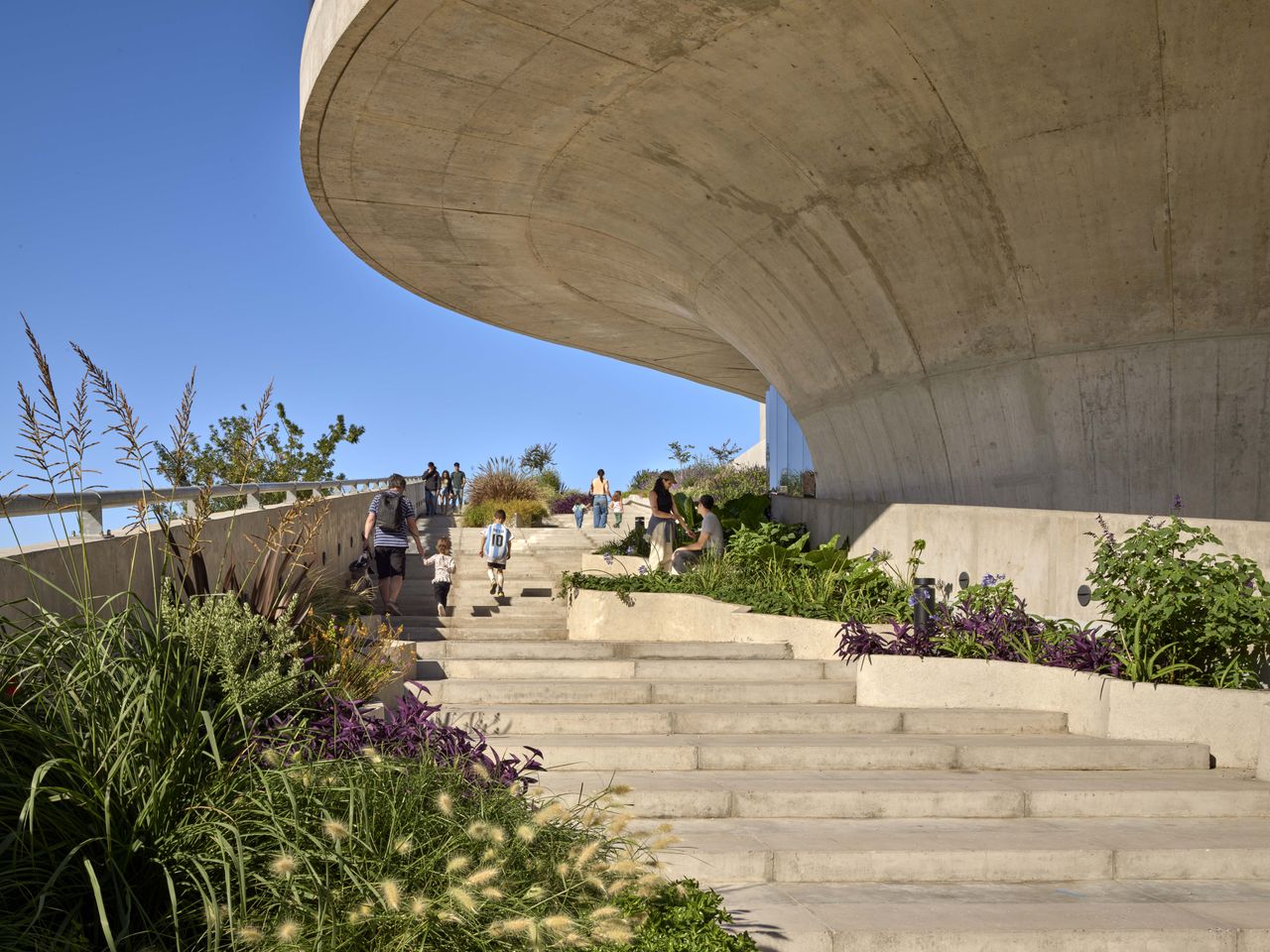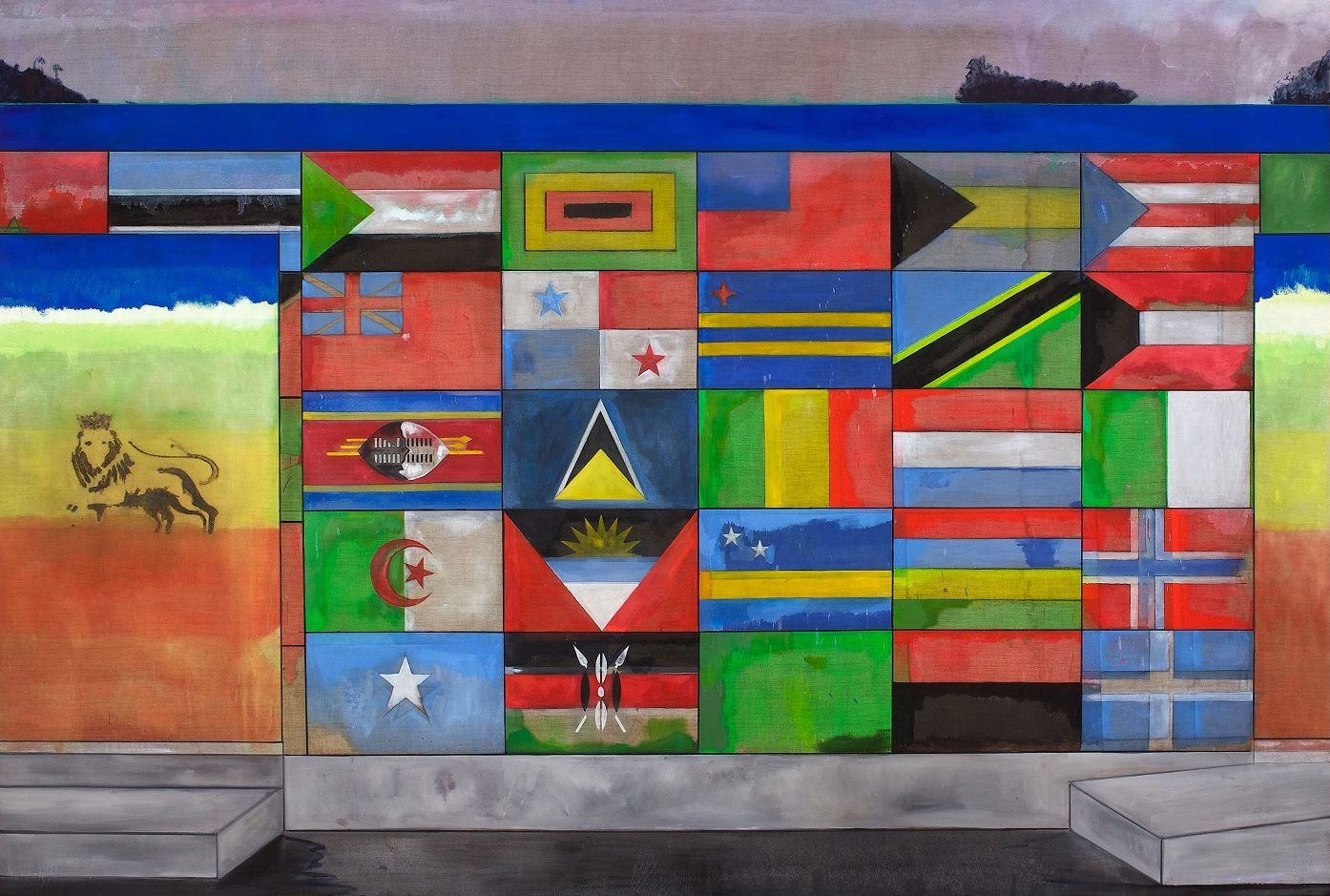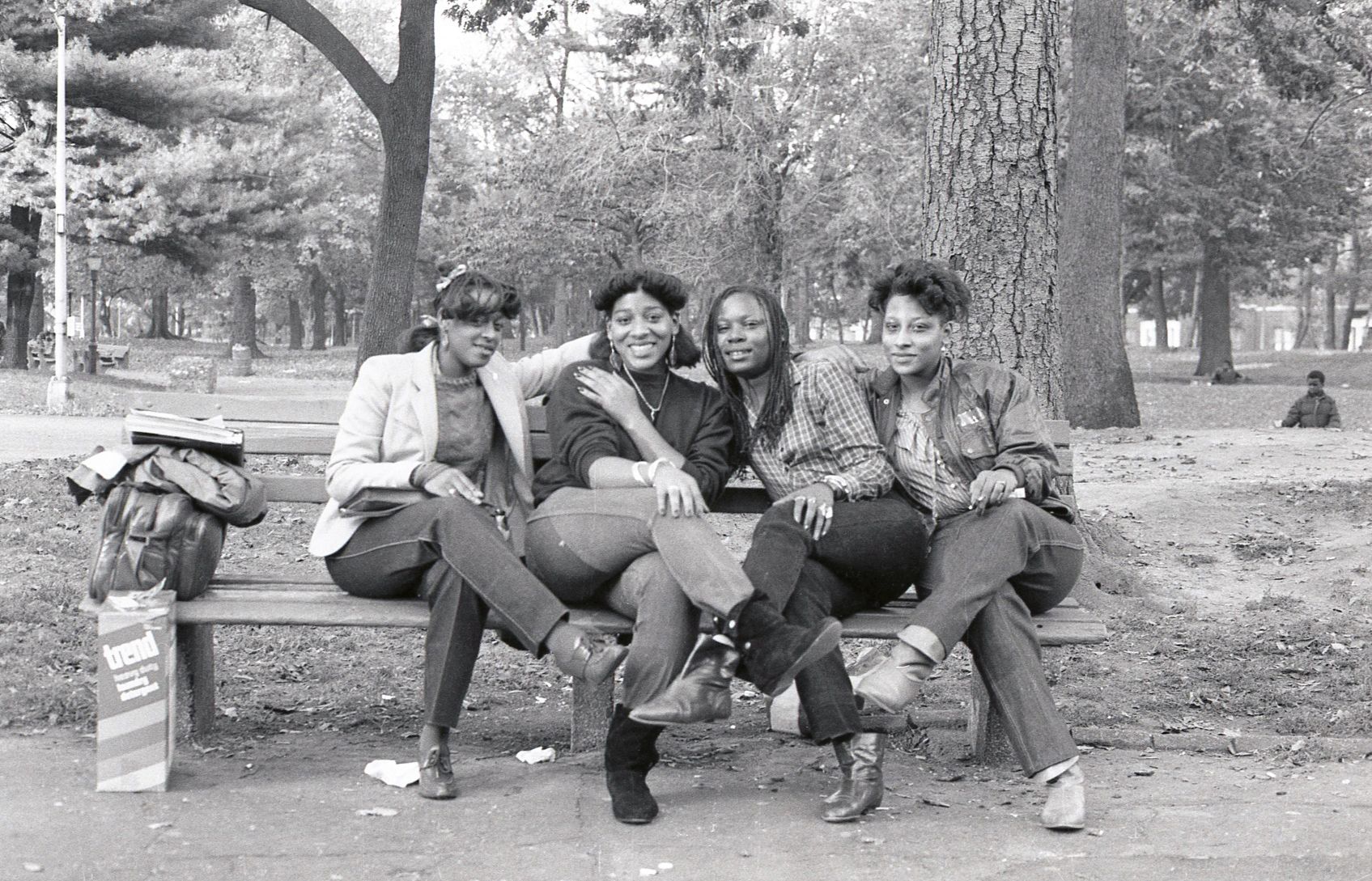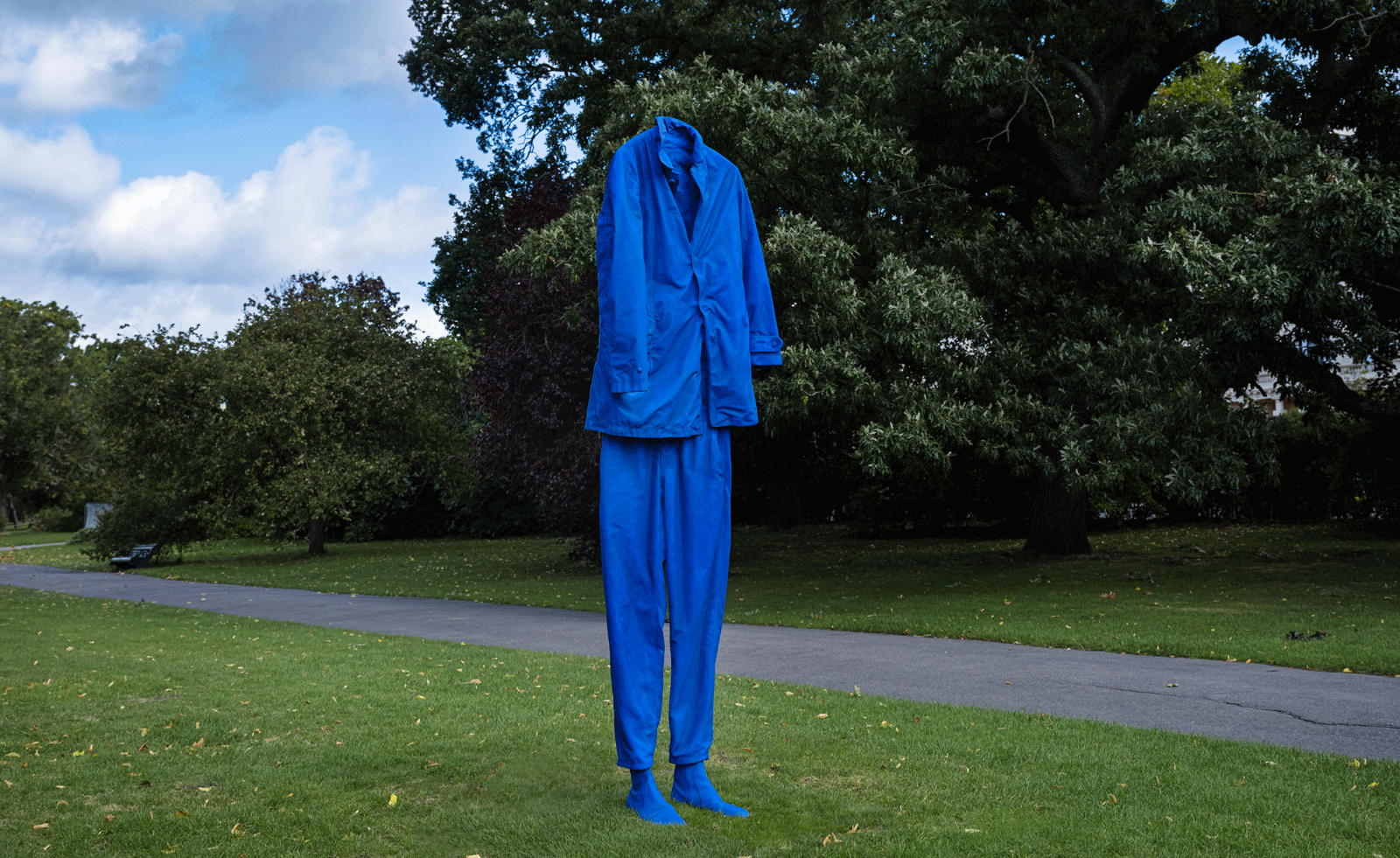| | Bill Prince, editor-in-chiefAre you ready to ruminate? As London prepares for Frieze Week (15-19 October – go equipped with our guide), our own annual celebration of the art world hit newsstands this week in the form of the November 2025 Art Issue. For the newsstand cover (below, left), we picked an artwork from the collection of the Fondation Cartier, which is opening a new Jean Nouvel-designed home next to the Musée du Louvre in Paris – as Amy Serafin reports, having previewed the space ahead of its inaugural exhibition (from 25 October). Our cover artwork, a large-scale model by Congolese artist Bodys Isek Kingelez, reimagines Kinshasa as an urban utopia, a spectacular diorama that reminds us that the city is a space for fantasy and invention. |
 |
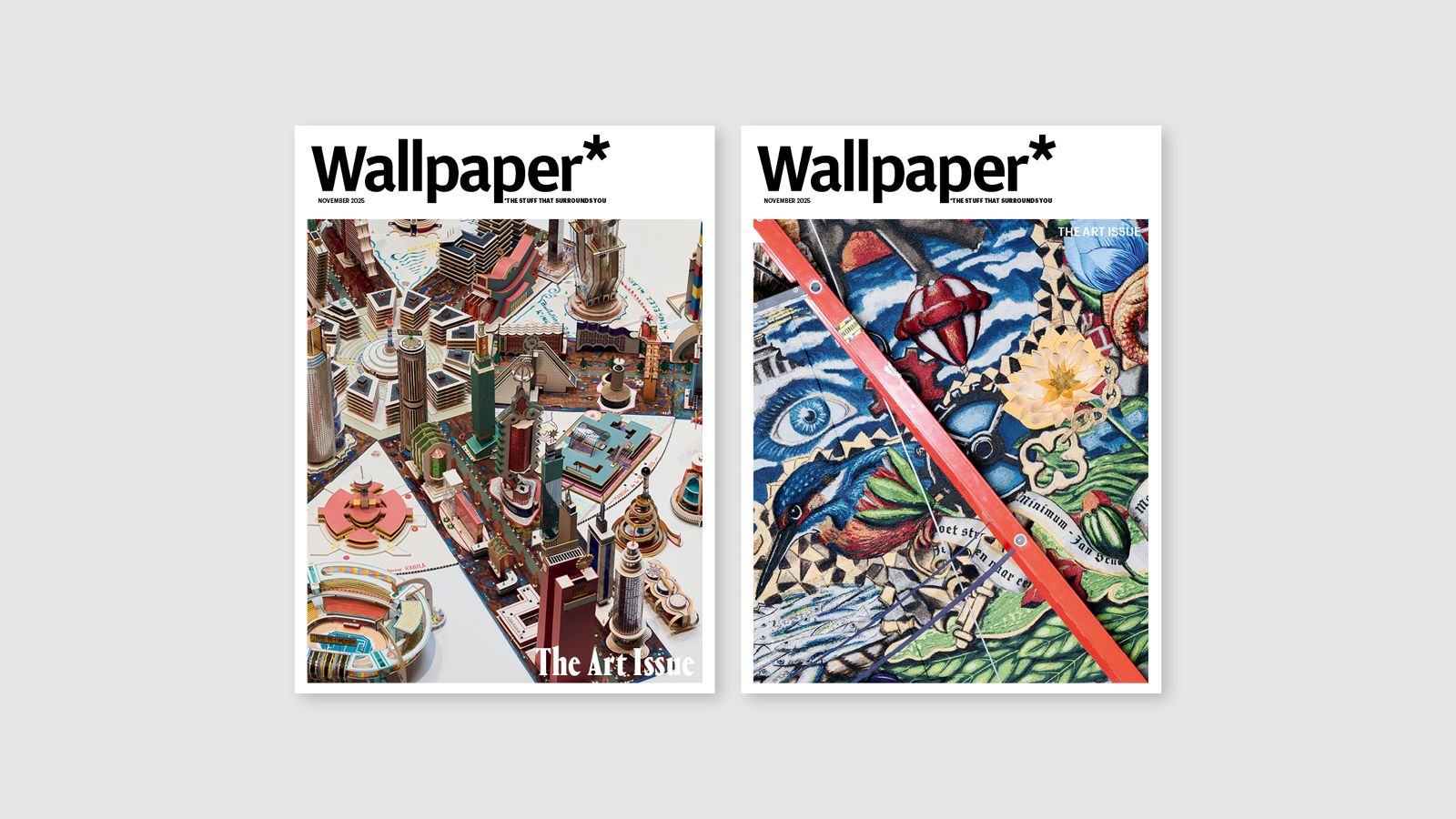 |
 |
On our limited-edition subscriber cover (above, right), we offer a glimpse of Studio Job’s monumental House of Delft. At 2,000 sq m, it’s the Netherlands’ largest artwork – and the largest ever created by the artist..
Both artworks offer up alternative visions of the world – a world that our arts & culture editor Hannah Silver was keen to explore in other contexts, embarking on a series of in-studio sessions with artists with upcoming shows. Among them, she delves into the uncompromising immersive video art of Danielle Brathwaite-Shirley – read her interview, with accompanying video, below.
Also in this edition of Weekendpaper*, discover a surprising second life for a brutalist car park in Argentina, look back on fashion month’s key takeaways, as filtered by the Wallpaper* team, who were runway-side throughout, lose yourself in some of the world’s most captivating libraries, and take the opportunity to meet Raf Simons’ teddy bear. |
 |
 |
 |
 |
 |
 |
 |
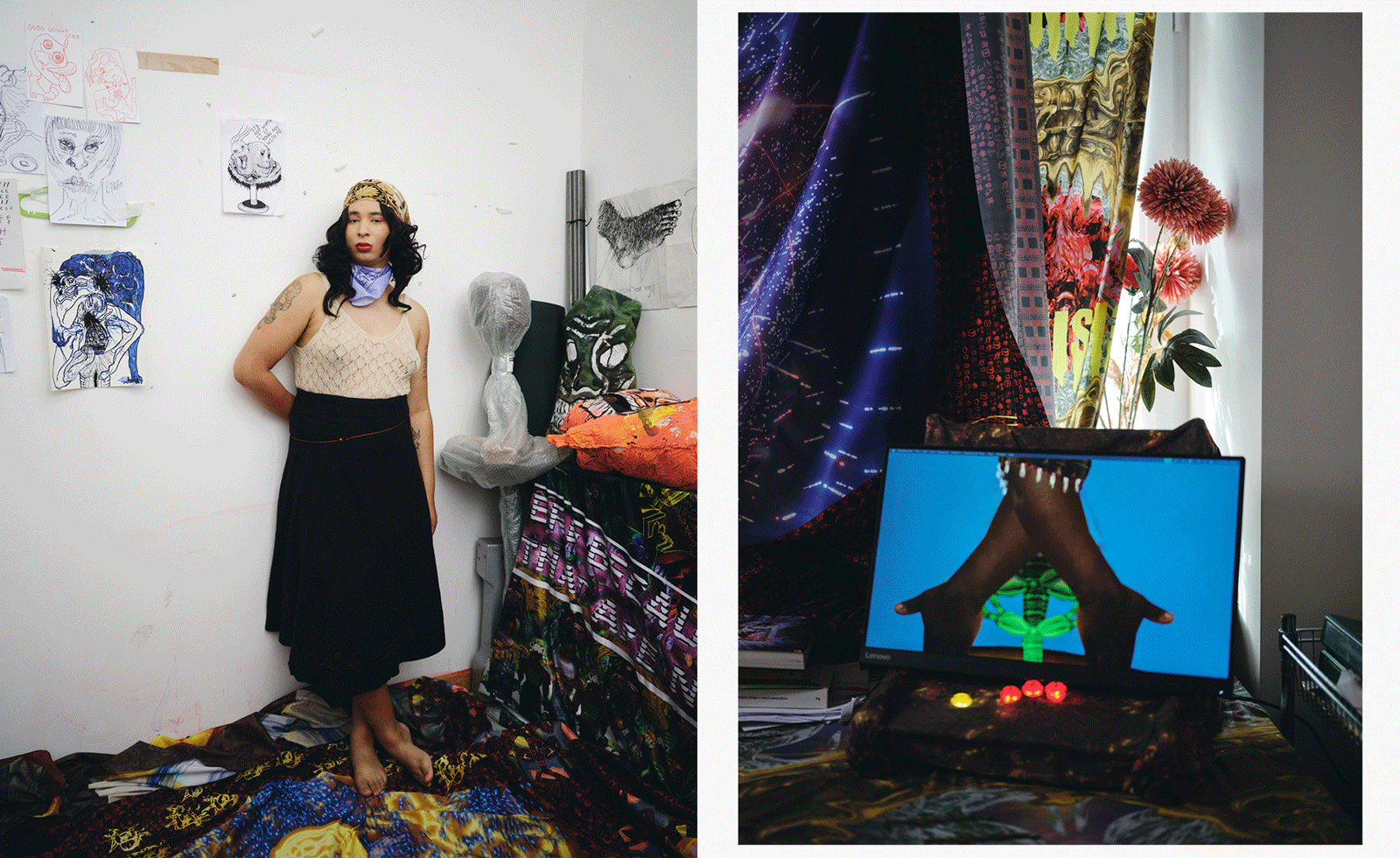 |
 |
Danielle Brathwaite-Shirley on video games as art medium to get gallery-goers talking |
 |
Traditionally, art galleries can be solitary experiences, with visitors avoiding eye contact on a stroll around an exhibition. It is a custom Berlin-based British artist and game designer Danielle Brathwaite-Shirley is keen to challenge, with the artist’s immersive new exhibition at London’s Serpentine Galleries encouraging visitors to interact – with each other.
The video game commission, ‘The Delusion’, is a multiplayer experience inviting viewers to enter virtual portals. Inside each one are conversation starters reflecting on the digital world as well as its often vitriolic and dangerous real-life consequences. Players follow prompts and are encouraged to engage in honest conversations with themselves and each other. ‘Essentially, it will be a success if you turn to a stranger that you’d never usually talk to and speak to them,’ says Brathwaite-Shirley, who tells Hannah Silver why she finds games ‘a really good medium for a moment of self-reflection’. |
 |
What can a converted brutalist car park in Buenos Aires teach us about urban green space? |
 |
A converted car park may not sound like the plum civic commission one could expect from celebrated New York design firm ODA, yet for founding principal Eran Chen, it’s an important effort reflective of a wider mission. The prolific architect is certainly capable of the one-off, trophy project that becomes a global icon, but he’d much rather reimagine an existing structure, making it a local treasure by fostering community, with far less impact on the environment.
The latest result of his penchant for adaptive reuse is Ola Palermo in Buenos Aires. This mixed-use project – formerly an outdated brutalist parking garage on an isolated, oddly shaped plot – stands as a shining example of what can be crafted from what already is. Chen’s masterful use of negative space made it into a sweeping, sculptural piece of contemporary architecture and an attractive hub, newly connected to – and juxtaposed against – historic Palermo. The project gives 40,000 sq ft of public park space and pedestrian paths to the neighbourhood, which wind around restaurants, retail, and prime office space – now among the city’s most coveted. ‘When we reuse a structure, we’re not erasing the past. Instead, we’re layering history with new life and providing greater context to a building in its place,’ Chen told Scott Mitchem. |
 |
The key takeaways from the S/S 2026 shows: freedom, colour and romance |
 |
The finale of Matthieu Blazy’s Chanel debut in Paris on Monday evening felt joyful not only for the model Awar Odhiang twirling across the runway to the sounds of ‘Rhythm is a Dancer’ in a gown that descended into thousands of colourful chiffon feathers, but the fact that a weight felt like it had been lifted. Save for a handful of exceptions (Fendi is yet to announce its new creative leadership), that last debut of S/S 2026 fashion month – which has seen 14 creative directors showing for the first time at their respective new brands – meant that the line-up of designers at fashion’s major houses is set, and likely for some time. No more speculation or gossip, hearsay or rumour.
Now, after their opening gambits, these designers must be left to hone their vision – after all, a debut is only the beginning. Despite this, it has been a strong season of shows, with plenty of big, bold ideas sitting alongside propositions for a real-world wardrobe. There is no doubt that this new class of designers have brought with them a fresh energy: thematically, the idea of freedom emerged again and again, of dressing on your own terms. It’s why this season’s trends feel equally liberated – designers gave into romance (albeit rewritten in distinctly modern terms), were unrestrained in their use of colour, and created distinctive silhouettes to match (from the ultra-streamlined to the panniered). Jack Moss reveals all that we can look forward to.
|
 |
|
| |









